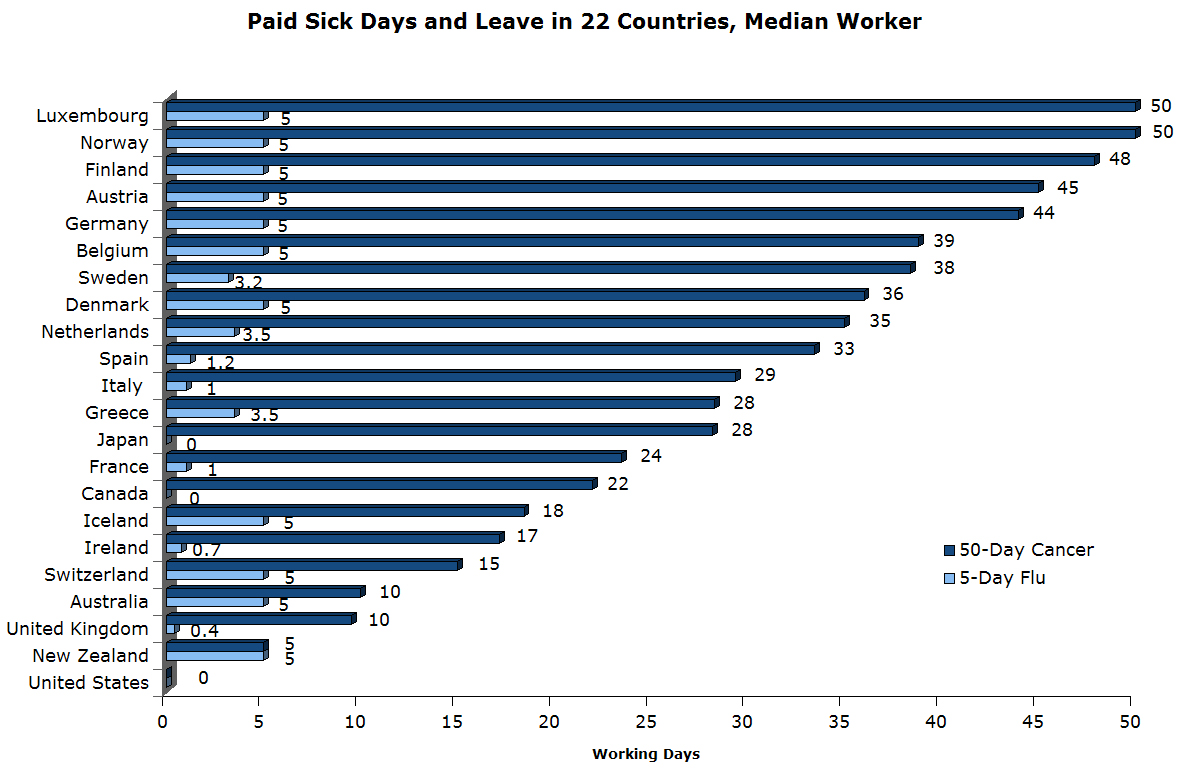August 05, 2013
Today is the 20th anniversary of the implementation of the Family and Medical Leave Act (FMLA), the first day that people across the nation could to take time off from work to care for themselves and their families when faced with serious illness or welcoming a new child, without worrying that they may be fired from their jobs.
This is the latest milestone in a year-long celebration of the 20th anniversary of the FMLA. Earlier this year, the Department of Labor released new data about the FMLA, and CEPR senior economist Eileen Appelbaum wrote a series of blog posts to analyze these findings and discuss what to do next.
Overall, the FMLA has greatly helped those who are covered by it, giving them access to job-protected leave to care for themselves and their families, without unduly burdening employers. The FMLA has been used 100 million times in the last 20 years, benefiting workers and their families across the country.
But millions are not covered by the FMLA, so they can still be fired if they get sick, have a baby, or need to care for a seriously ill family member. Millions more are eligible but do not take advantage of the FMLA because they can’t afford to go without pay or don’t know that they can take time off without fearing for their jobs.
The U.S. still lags behind other high-income countries in enabling people to take the sick and family leaves that they need, as shown in CEPR papers that compare American and other nations’ policies on sick days and parental leave. Twenty years ago, the FMLA was huge first step, but there’s plenty of space for the U.S. to do better.
(Click on the image below for a larger version.)







